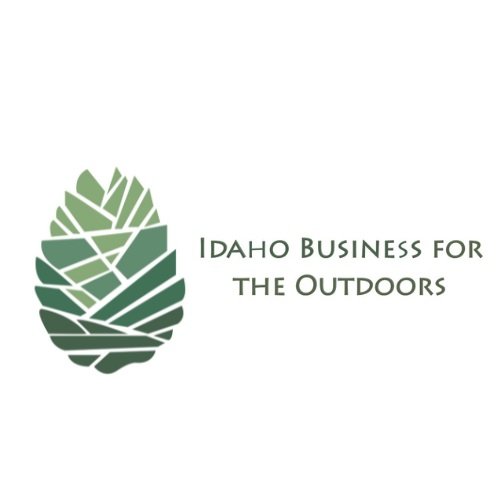Four Letters You Should Know: LWCF
Business leaders and owners in Idaho are proud supporters of the Land and Water Conservation Fund (LWCF), but it is now in danger of expiring. The LWCF is one of our nation’s most important conservation legacies. Enacted in 1965, the LWCF helps preserve our public lands, working forests and ranches, and helps ensure access to public lands and outdoor recreation—all without the use of taxpayer dollars.
The Trump administration's 2019 budget, again calls for major cuts in the LWCF and some have threatened to let it expire. The LWCF has two components: the federal land acquisition program and the state assistance program. The federal fund helps acquire “inholdings," or pieces of private land within the borders of national parks, forests, wildlife refuges and other protected sites. The purchase of inholdings help make pieces of public land “whole,” more continuous, and therefore simpler to manage and access from a wildlife, rangeland grazing and outdoor recreation standpoint.
Congress has not yet acted to fund or reauthorize this vital program before its September 30, 2018 expiration date. Without the certainty of LWCF renewal, we put future conservation opportunities and our public lands in jeopardy.
Over the past 50-plus years, Idaho has received millions of dollars in LWCF funds, at no cost to the taxpayer. LWCF is funded and authorized to receive up to $900 million annually through royalties paid by oil and gas companies drilling offshore. The fund has enabled the preservation of millions of acres in all 50 states and supported the conservation of national parks, local trails, national recreation areas, wildlife refuges, rangeland access and more.
The LWCF state assist program allows matching grants for open spaces, parks and outdoor recreation areas and facilities. From Sandpoint to Soda Springs, LWCF state assistance program has helped fund the purchase of parks and outdoor recreation areas. The Sawtooth National Recreation Area, City of Rocks, parts of the Salmon River, Bruneau Sand Dunes, Ponderosa State Park and many others have been conserved using important LWCF dollars.
The economic impact and benefits of LWCF nationwide reported by the National Recreation and Parks Association are notable:Congressman Mike Simpson, Senator Jim Risch, and Senator Mike Crapo have all been supporters of the LWCF in the past. However, the approximately $900 million deposited annually into the federal treasury for LWCF every year, continues to be diverted to other pursuits, depleting vital conservation resources. Join Idaho Business for the Outdoors in thanking our Congressional delegates for their support, and in asking for their leadership and support to help Congress:
- In Fiscal Year (FY) 2017, the total LWCF was $450 million
- The State Assistance Program provided over $110 million in funding to states and localities FY 2017; Idaho received over $1 million for recreation use projects FY 2017
- Wise Use of Federal Funds at NO Expense to the U.S. Taxpayer
- States do not have to compete against other states for funding. Each year, a set percentage of LWCF State Assistance funding is equally distributed to the states and territories. Remaining funds are then allocated based on population.
- Fully fund and permanently reauthorize the Land and Water Conservation Fund, which is set to expire on September 30, 2018
- Demand robust funding for the total LWCF greater than FY18 level of $450 million
- Continued support for the State Assistance Program at 40% of overall LWCF allocations, appropriating no less than $110 million (FY17 level)
- Continue their hard work to keep Idaho an outdoor state

